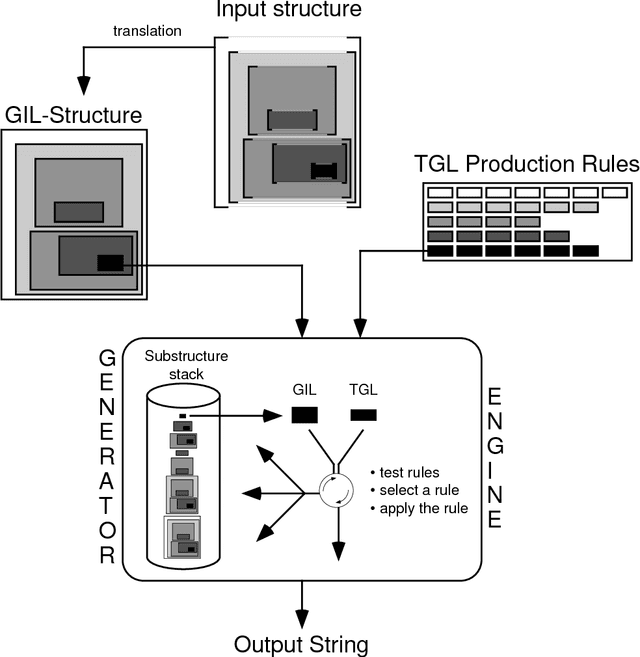Best-First Surface Realization
Paper and Code
May 06, 1996

Current work in surface realization concentrates on the use of general, abstract algorithms that interpret large, reversible grammars. Only little attention has been paid so far to the many small and simple applications that require coverage of a small sublanguage at different degrees of sophistication. The system TG/2 described in this paper can be smoothly integrated with deep generation processes, it integrates canned text, templates, and context-free rules into a single formalism, it allows for both textual and tabular output, and it can be parameterized according to linguistic preferences. These features are based on suitably restricted production system techniques and on a generic backtracking regime.
* 10 pages, LaTeX source, one EPS figure
 Add to Chrome
Add to Chrome Add to Firefox
Add to Firefox Add to Edge
Add to Edge